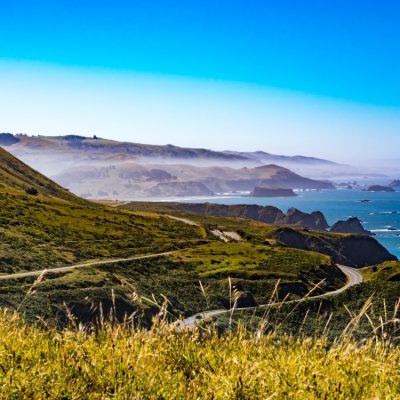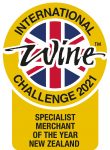No products in the cart.
A seat at the table
Where to begin…
Our fierce Kiwi Leader, Mel Brown, gave me this DVD. I was full of excitement and nerves to watch the next 101 minutes unfold before my eyes.
For those of you who don’t know, I’m fairly new to the wine industry. Growing up with South African parents (I’m sure I was slipped a Sauvignon Blanc instead of apple juice on more than one occasion) I didn’t know there was more to the wine world than just a Stellenbosch white.
Cheap bottles drunken throughout my younger adolescence has tortured my young 20 year old palate. I previously (and sometimes still struggle) with telling the difference between a higher end bottle and a lower one. Although I’m learning (with the best teachers ever - thanks Mel and Simone!), it still takes time and education to train a palate with different textures and flavours. However, after working at Specialist Cellars since January as the marketing and social media guru, I have learnt pretty quickly about the world of New Zealand wine, and in particular the obsession with Marlborough Sauvignon Blanc.
I sat down with a piece of paper (which turned into multiple sheets) and a pen, and tucked into the documentary (so perfectly produced by David Nash and Simon Mark-Brown may I add).
I learnt so much about how the crazy phenomenon that is Marlborough Sauvignon came to be, whilst also gaining a new appreciation for Kumeu River. We can all be extremely thankful to Cloudy Bay for putting New Zealand on the map, but wow have thing excelled since!
I never truly knew what ‘terroir’ had meant to French winemakers and the country as a whole. However, now I realise the history behind it and understand it’s more than just a wine term, it’s a concept.
I had to laugh initially hearing ‘Turangawaewae’. Maybe it’s the Brit in me, but it was interesting to find out that New Zealand had their own special version of ‘terrior’. A Maori concept meaning a place to stand, feel empowered and connected.
I now see why biodynamic farming and sustainability is at the heart of so many producers that we stock at Specialist Cellars. Because this term is the foundation and the heart of why winemakers produce the way they do. You should only take from nature what you need.
Millton Vineyards were the first of many to become organic and biodynamic using indigenous yeasts and bacteria. Cooling sea breezes keep the climate friendly and temperate in high summer, producing incredible wines that have hit the world by storm.
“A good winemaker will only do their job 40 times”
This was an interesting approach from Nigel Greening - winemaker at Felton Road - when speaking about the work that goes into producing a great wine. Greening described his biodynamic zone as the ‘voodoo lounge’; which contains manure, cow horns, egg shells and other wonderful components that further add to the soil in which the vines grow. Biodynamic winemaking equates to a 80% decreases in carbon footprint, and we can see many winemakers across the globe picking up on this approach.
So are there any rules to making great wine?
New Zealand have the benefit of having little to no rules when wines are made and bottled. France on the other have a catalogue of regulations to follow; including no irrigation. These rules have been set in place duets mistakes being made in the past, but as many of our producers argued; it stops you being able to experiment.
I have linked the trailer for the documentary below, and the film is available to stream via Apple TV, Amazon, Google Play and Youtube.
If you want more information, check out their website here .
Share on facebook
Facebook
Share on twitter
Twitter
Share on linkedin
LinkedIn










2 thoughts on “A seat at the table”
I have had this for a while on iTunes and been meaning to watch it, but now will be making plans to set aside the time to dive in, with a good bottle of NZ Wine of course, might be time to open something special!
Oh yes! Definitely worth the watch when you have a chance. The only question is which bottle to pick first?